Jacopo Di Cera, born in 1981 in Milan, Italy, resides and works in Rome, the Italian capital. He is a contemporary photographer and digital artist who treats photography not as a window onto the world in the tradition of his compatriot Leon Battista Alberti, but as a tactile, sensory encounter with it. He approaches the image with an acute awareness of how it moves through culture—how it touches, lingers, and transforms. His work explores the tension between collective rituals and private sensations, between image and material, and between the fleeting moment and what endures. From migration and memory to tourism and tradition, Di Cera’s photographs are less about documentation and more about resonance—about holding space for feeling in a world that rarely slows down.
Di Cera is not your typical photographer. He didn’t emerge from the usual pipeline of art school to a gallery; instead, he came from the world of economics, branding, and marketing—a background that, oddly enough, informs his sharp eye for how images circulate, how they land, how they stick. Early on, Di Cera began traveling and taking pictures—Galapagos, Jerusalem—seeking places that carried stories heavy with political and emotional resonance. These weren’t just travelogues; they were early blueprints of a practice grounded in observation, empathy, and material presence. He found early recognition at the Museo di Roma in Trastevere and as a National Geographic finalist in 2010, but his fundamental shift came later.
In 2016, Di Cera introduced the idea of Photomaterism. Think of it as photography refusing to stay flat. Photomaterism insists that a photo can be more than an image; it can be an object, a presence, a thing you feel as much as you see. At a time when screens have rendered images frictionless and omnipresent, Di Cera’s work demands slowness and tactility. He brings us back to the photograph as matter. Fino alla Fine del Mare (2016) marked the beginning of this approach. Centered on the remnants of migration—the boats left behind in Lampedusa—the project isn’t didactic or descriptive. It pulls you into a sensory space where loss, exile, and survival are embedded in abstraction. The work has traveled widely: MIA Photo Fair, Arles. Each iteration underscores the fact that Di Cera is not illustrating migration—he’s offering us a space to feel its trace.
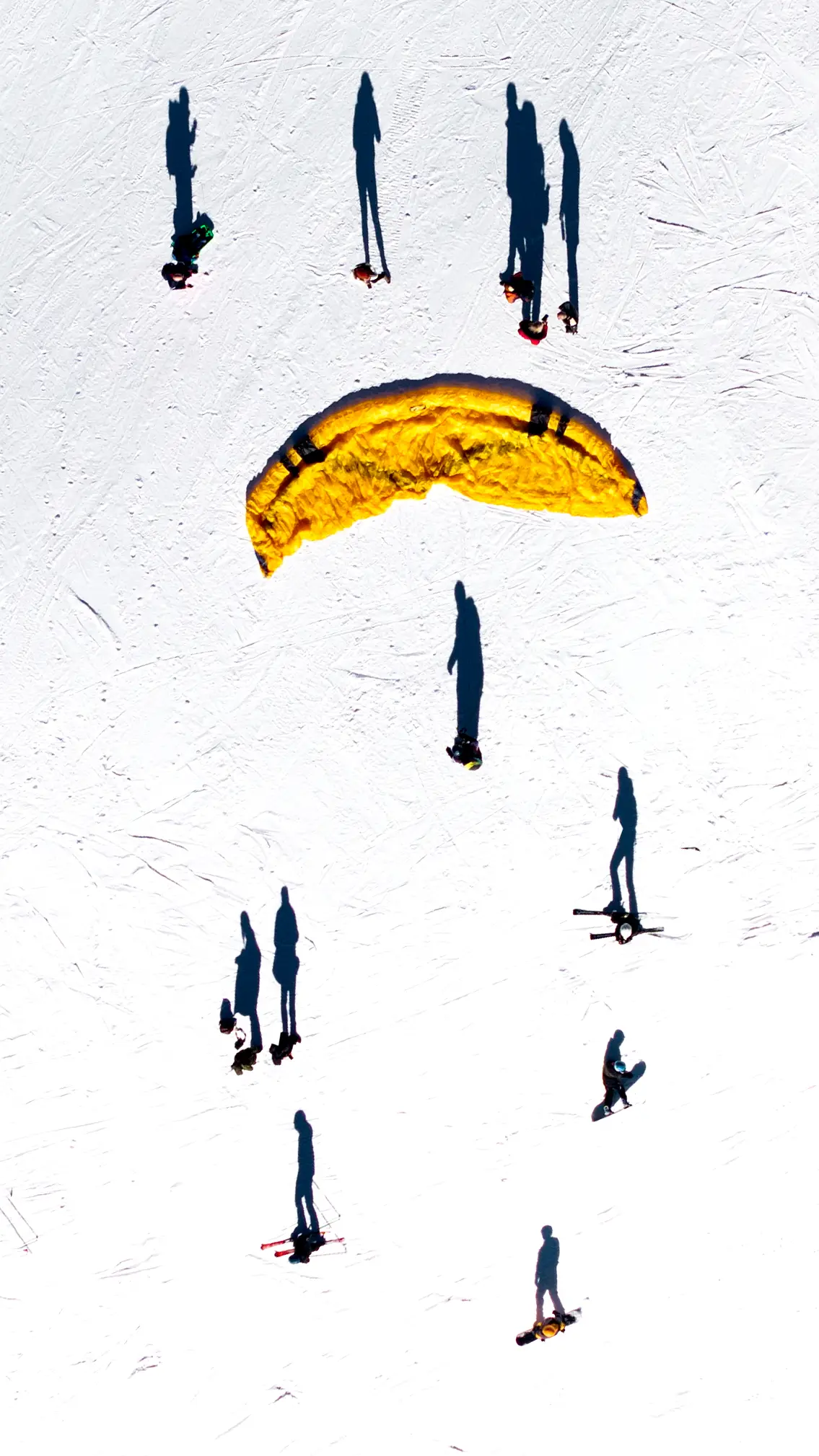
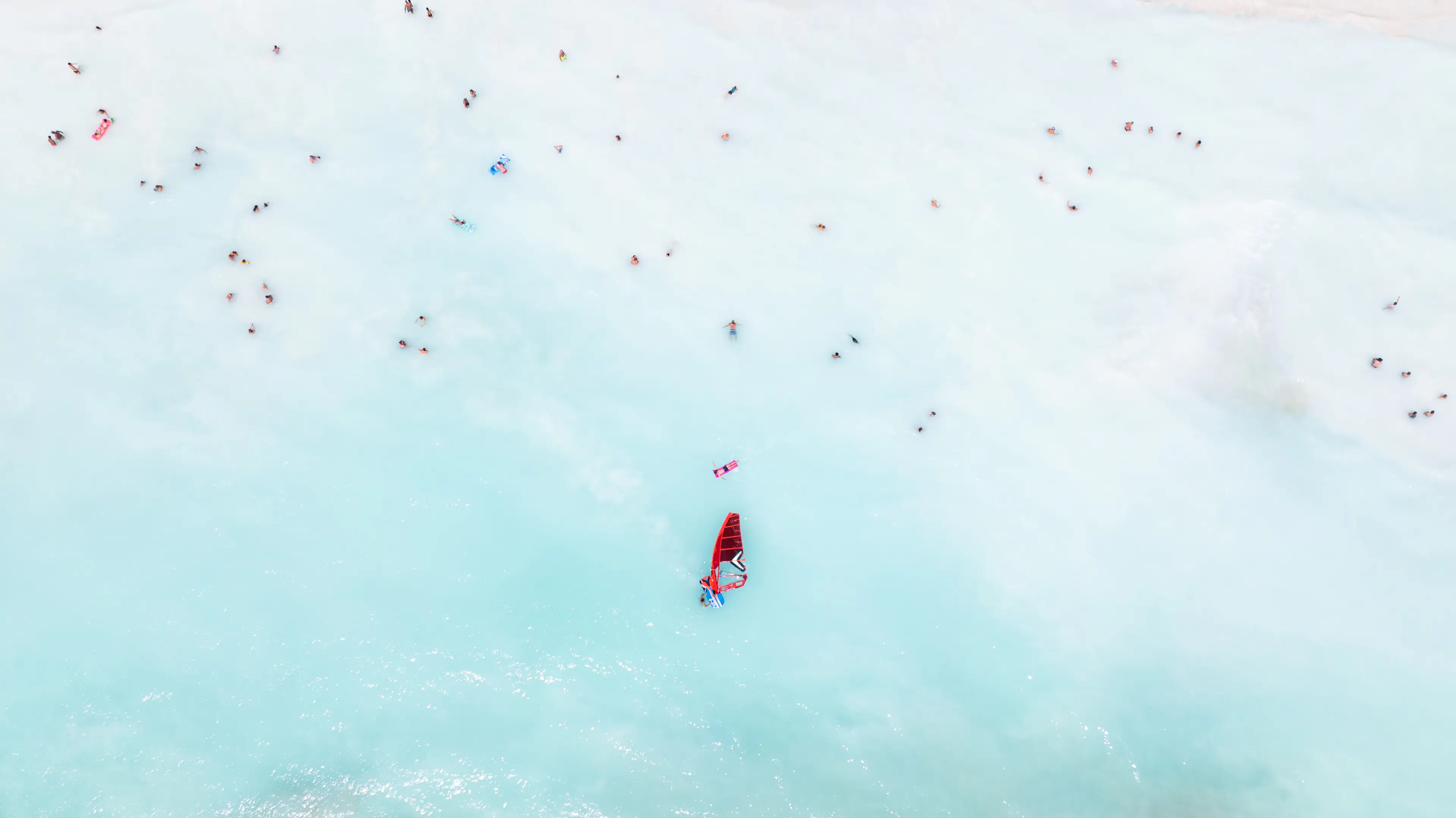
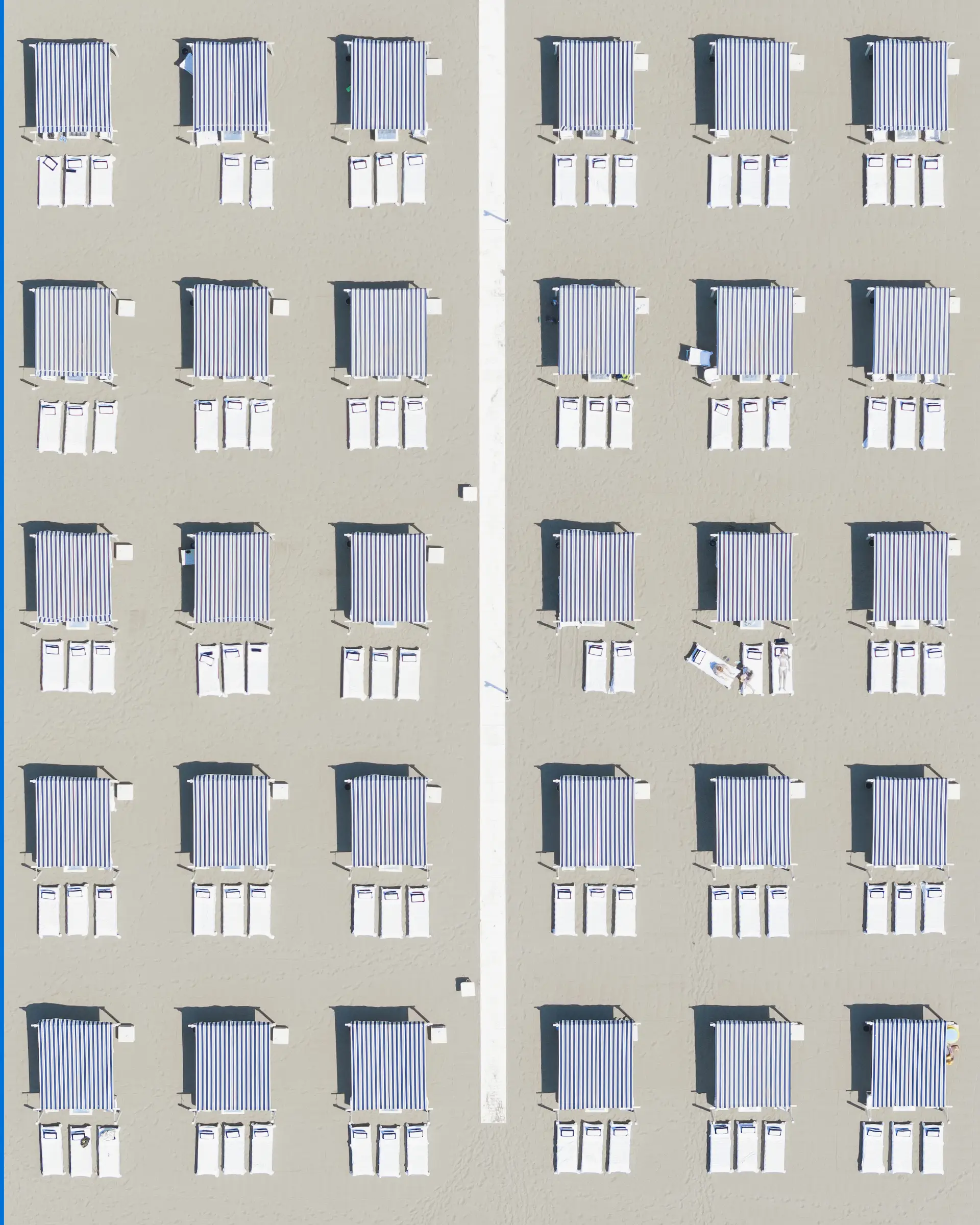

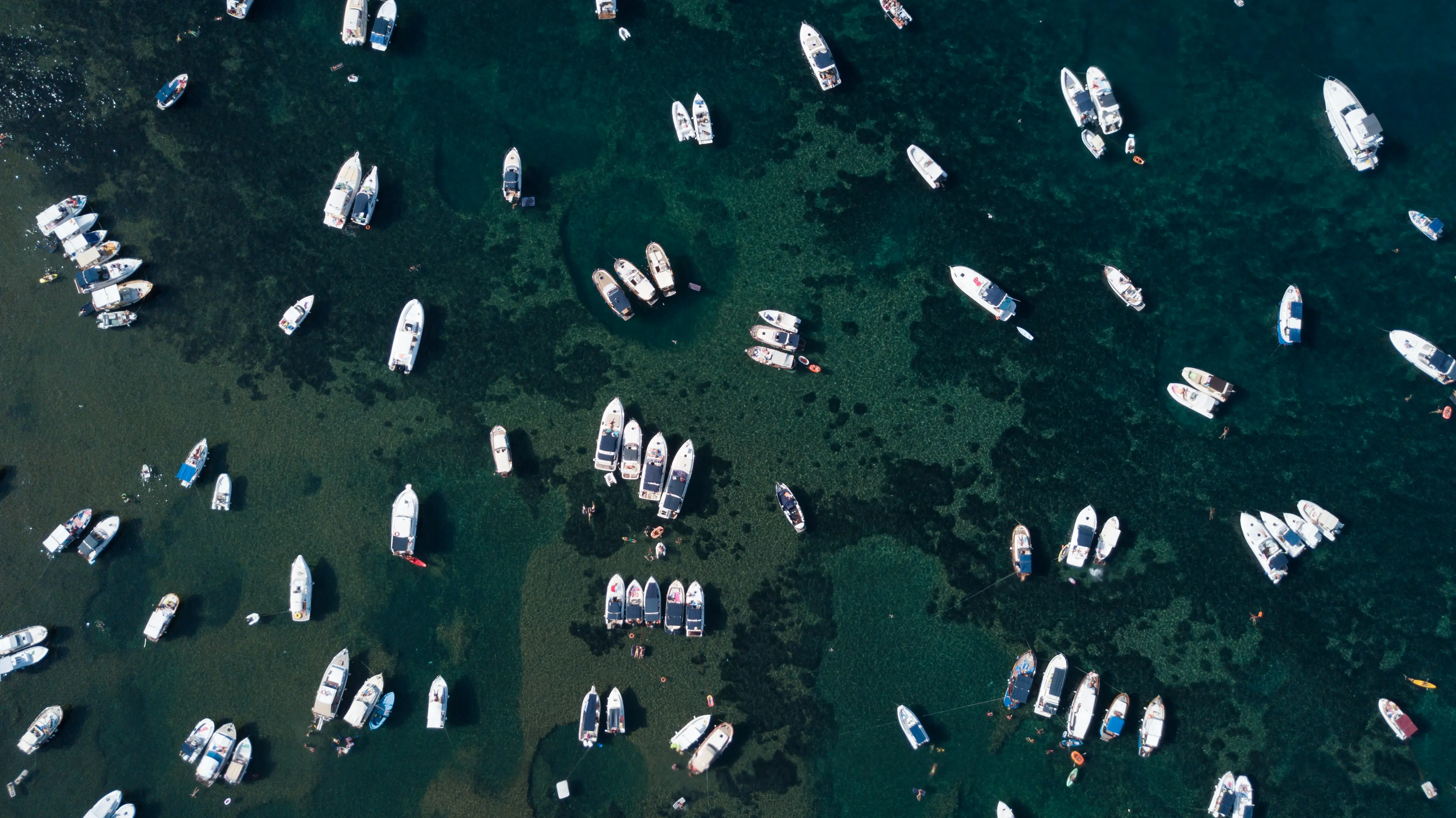
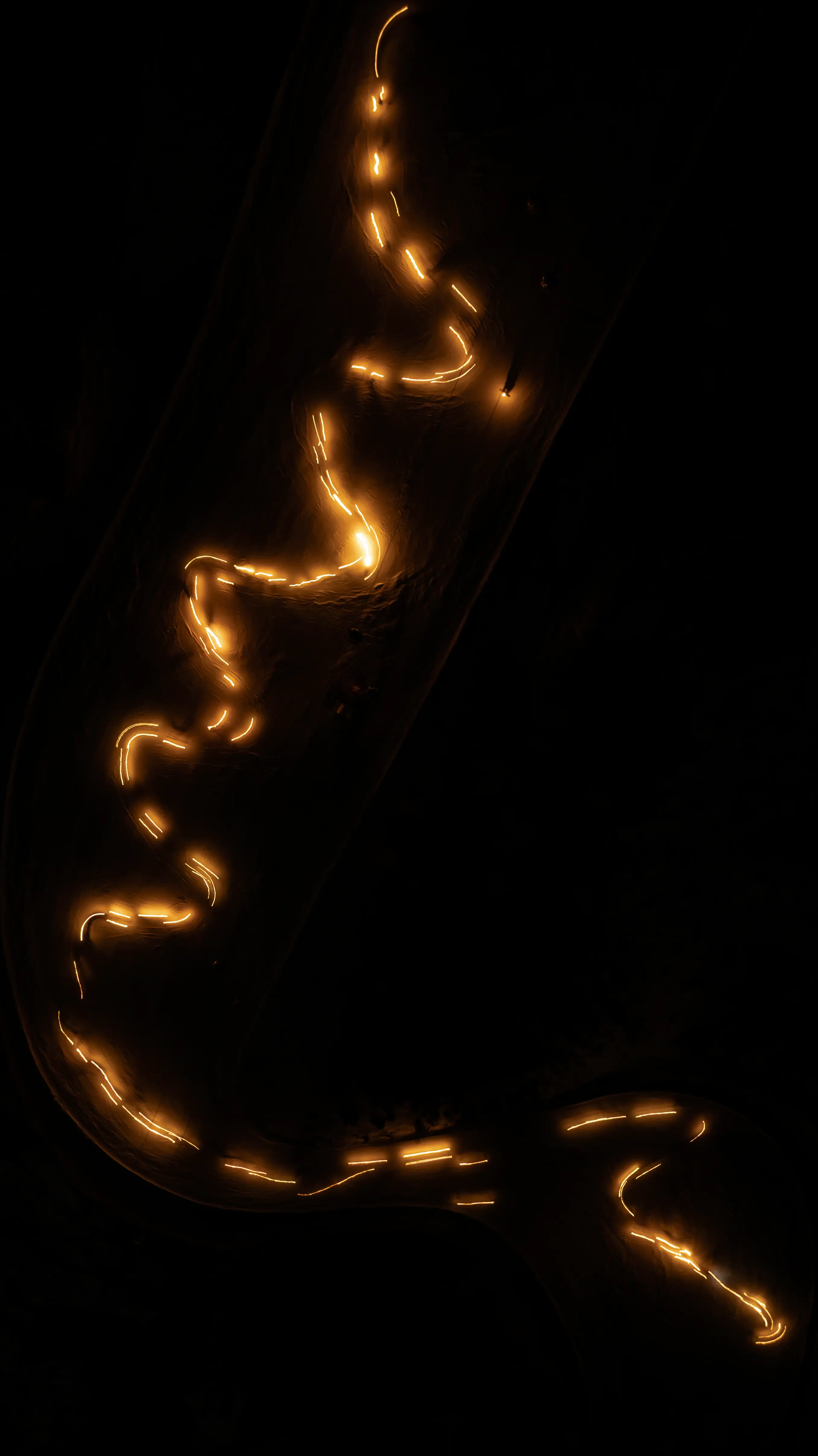


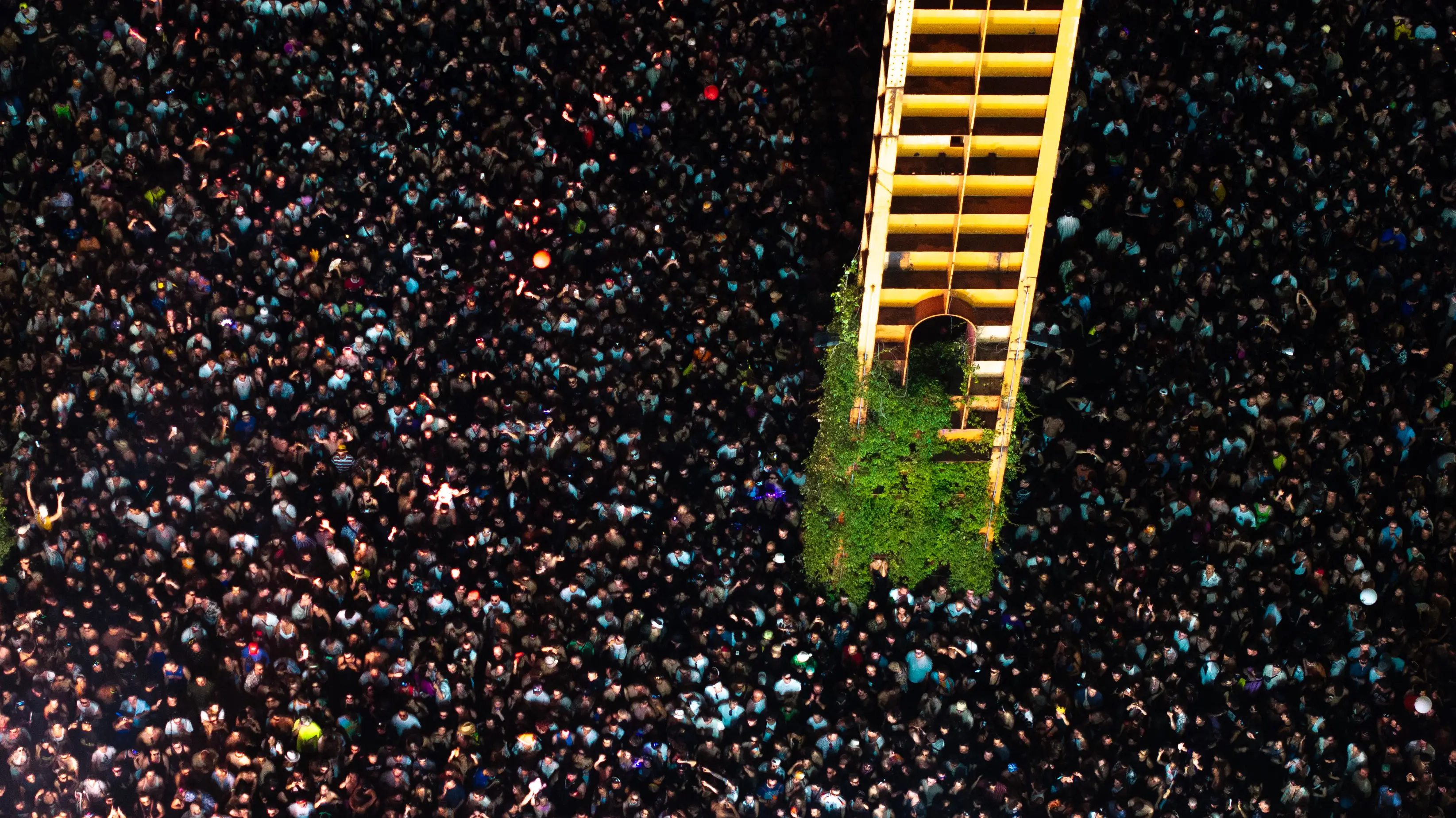
With Il Rumore dell’Assenza (2019), he printed post-earthquake images onto crumpled paper. The Amatrice quake, remembered in fragile textures. With Mi-Ro (2020), he took the daily Milan-Rome commute and turned it into a meditation on monotony and rhythm, printing images directly onto train windows. He’s always experimenting with how images live in space—on paper, glass, the body of architecture. Italian Summer (2017-today) is, in some ways, his most open-ended work. Using drones, Di Cera photographs beach scenes from above—scenes of leisure, repetition, and ritual. Think sunbathers, umbrellas, and lunch shared between boats. It’s almost anthropological but not detached. In Pass Me the Parmigiana!, for instance, the image of boats circling to exchange food becomes a portrait of social choreography, a communal rite unfolding on water.
In 2025, Di Cera presented Sospesi at MIA Photo Fair, curated by Serena Tabacchi and in conversation with Massimo Vitali. Where Vitali offers the immersive chaos of the beach from ground level, Di Cera counters with the quiet detachment of aerial perspective. The installation featured photographs, video loops, and sound, creating a tension between movement and stillness, intimacy and distance. The work doesn’t resolve into a single viewpoint—it hovers, it holds you. Throughout all his projects, Di Cera is tuned in to the contradictions of contemporary life: solitude and community, spectacle and ritual, chaos and order. His images don’t simplify; they layer. He’s looking for the pulse of a place, the echo of a myth, the shared gesture that slips through history and reappears today. From the ordered umbrellas of northern Italy to the raw symbolism of a night regatta in the Palio Marinaro dell’Argentario, Di Cera captures not just scenes but systems—visual systems, social systems, cultural rhythms.

Video and photography are parallel threads in his practice. One captures the stillness of a moment, the other expands time into a loop. In his digital works, emotion doesn’t fade. It lingers. In an eternal loop, as he puts it, perhaps the feeling, too, becomes eternal. Jacopo Di Cera doesn’t make work that shouts. He makes work that resonates. His practice is a steady search for what remains—in landscapes, in rituals, in the space between image and object. And in that space, he offers us a moment to stop, to look again, and maybe, to feel something lasting.
For more information, visit the artist’s website here
Last Updated on April 15, 2025


